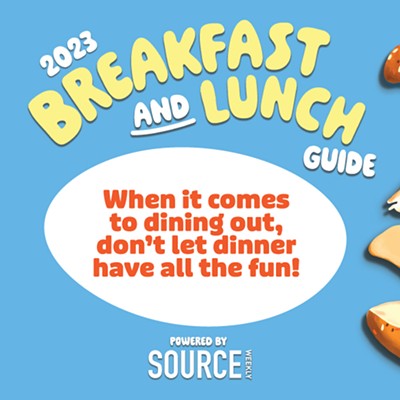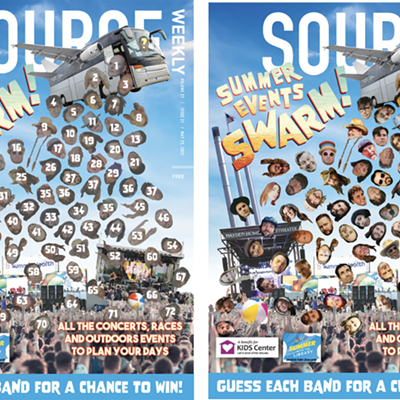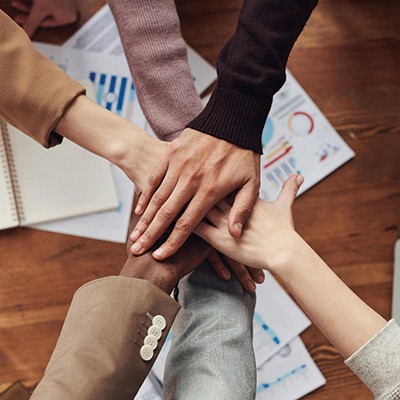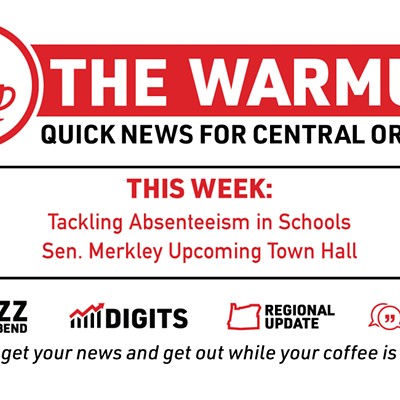The logo for Sierra Springs bottled water shows a range of beautiful, gleaming white peaks. The image and the name conjure up visions of icy-cold, crystal-clear water gushing from pristine springs fed by pure mountain snows.
Reality is a little different: The Sierra Springs water that you get at your office or home was bottled at a big factory in an industrial area of Portland not far from the airport, and essentially it came out of the tap.
That's a source of considerable irritation to Nick Seifert, business manager for EartH20, a small spring water bottling company in Culver. "Basically what that company is delivering is Portland's municipal source of water, which is a polite way of saying it's Portland tap water," he said. "People portray it as a spring water and it's not."
Consumption of bottled water - both the kind that's delivered in big bottles and the kind that you buy in small bottles at the supermarket - has exploded in the United States over the last decade.
"Bottled water emerged as the second largest commercial beverage category by volume in the United States in 2003, and ... continued to grow at a rapid pace in 2006," the Beverage Marketing Corporation said in its 2007 report. The corporation reported that total U.S. bottled water sales exceeded 8.25 billion gallons in 2006, a 9.5% increase over 2005. "That translates into an average of 27.6 gallons per person, which means U.S. residents now drink more bottled water annually than any other beverage, other than carbonated soft drinks."
All that bottled water also translates into a flood of money for the beverage industry. According to the Washington, DC-based group Food and Water Watch, "in 2005, consumers shelled out more than $8.8 billion for almost 7.2 billion gallons of non-sparkling bottled water."
The great American bottled water craze has been driven partly by the perception that everybody should drink plenty of water and partly by the perception that bottled water is more pure and healthful than the stuff that comes from the tap. The first perception may have some validity, but the second one often is just plain wrong.
In fact, as in the case of Sierra Springs - as well as Coca Cola's Dasani and Pepsi's Aquafina, among others - the stuff in the bottle and the stuff that comes out of the tap often are one and the same. In its report "Take Back the Tap," Food and Water Watch wrote that "as much as 40% of bottled water is nothing more than the tap variety."
And on the journey from the tap to the bottle and then to the water cooler or supermarket shelf, water goes through many steps of processing and transportation that critics say waste energy, increase pollution and add to the greenhouse effect.
The Sierra Springs plant in Portland covers almost 193,000 square feet and employs more than 80 people. It went into operation in the summer of 2006 with a permit to use more than 102,000 gallons of water per day and discharge 60,000 gallons per day into the city wastewater system.
Some of that huge volume of wastewater is created by washing out bottles before refilling them, but most of it results from the "reverse osmosis" process the plant uses to purify municipal water. In reverse osmosis, a common treatment method in the bottled water industry, water is forced through a membrane that traps particulate matter - that is, solids. The process doesn't eliminate chemicals that may be dissolved in the water.
"Reverse osmosis is a fairly wasteful process," said Steve Emery, president of EartH20. "Depending on the amount of solids in the water, there's typically three to nine gallons of wastewater for each gallon of bottled water that's produced."
The wastewater from the reverse osmosis process that goes back into the treatment system is highly alkaline, Emery said - "the Ph level is equal to that of ammonia." After a heavy rainfall the treatment system sometimes can't handle all the runoff, and some is released into local rivers - which doesn't do fish and other aquatic life any good. "If anybody's ever had a goldfish they understand the value of keeping the Ph close to neutral," Emery said.
EartH20 takes its water from Opal Springs, a natural source that flows at 108,000 gallons per minute at a constant 58 degrees. The company uses paper micron filters to remove any particulates and treats the water with ultraviolet light and ozone, as required by the US Food and Drug Administration. (Because bottled water is considered a "food" it's regulated by the FDA; the Environmental Protection Agency oversees the safety of municipal water supplies.)
But coming from a spring or well doesn't necessarily guarantee that a bottled water is purer or safer than water from the tap. In fact, according to Food and Water Watch, tap water may often be cleaner because it's subject to more stringent regulations and closer monitoring.
The FDA - witness all the recent recalls of beef, salad greens and other products - is notoriously short-staffed and unable to do an adequate oversight job, Food and Water Watch says. According to the organization, a 1999 study of bottled water by the Natural Resources Defense Council found that "about one-quarter of the brands tested contained bacterial or chemical contamination in some samples at levels that violated 'enforceable state standards or warning levels,' and nearly one-fifth ... 'exceeded state bottled water microbial guidelines in at least some samples.'"
The idea that water in a bottle is especially pure and safe, Food and Water Watch says, "comes from the beverage industry spending millions of dollars a year to advertise and market bottled water as the quintessence of purity."
Calling a brand of bottled water "Sierra Springs" when it really is just processed Portland city water is one example of that kind of marketing in action. The company that produces Sierra Springs, Atlanta-based DS Waters of America, sells eight different brands of bottled water in various regions of the country; five of them have the word "springs" in their name.
But if you go to the Sierra Springs website - or those of any of the other DS brands - to try to find out specifically where the water comes from, you'll search in vain. All you'll learn is that DS uses "springs, wells, artesian wells and treated municipal water" as the sources for its products.
Asked if she thought the name "Sierra Springs" was misleading, Shayron Barnes-Selby, vice president for public affairs at DS Waters, replied via e-mail: "Various types of bottled drinking water are manufactured and sold to customers and consumers under the Sierra Springs brand name. Our Sierra Springs product labels adhere to applicable general food and bottled water labeling regulations set forth by the federal Food and Drug Administration."
In other words, DS isn't breaking any law - which is frustrating for Steve Emery and other purveyors of real spring water. "There are labeling laws, but they [DS] were smart on how they established it," Emery said. "They're not calling themselves a spring water; the name is just 'Sierra Springs.'"
Food and Water Watch and other environmental and consumer protection groups are lobbying Congress to get the labeling laws tightened up. In the meantime, the best advice may be to take bottled water marketing claims with a heavy helping of salt ... or give up the bottle entirely.























